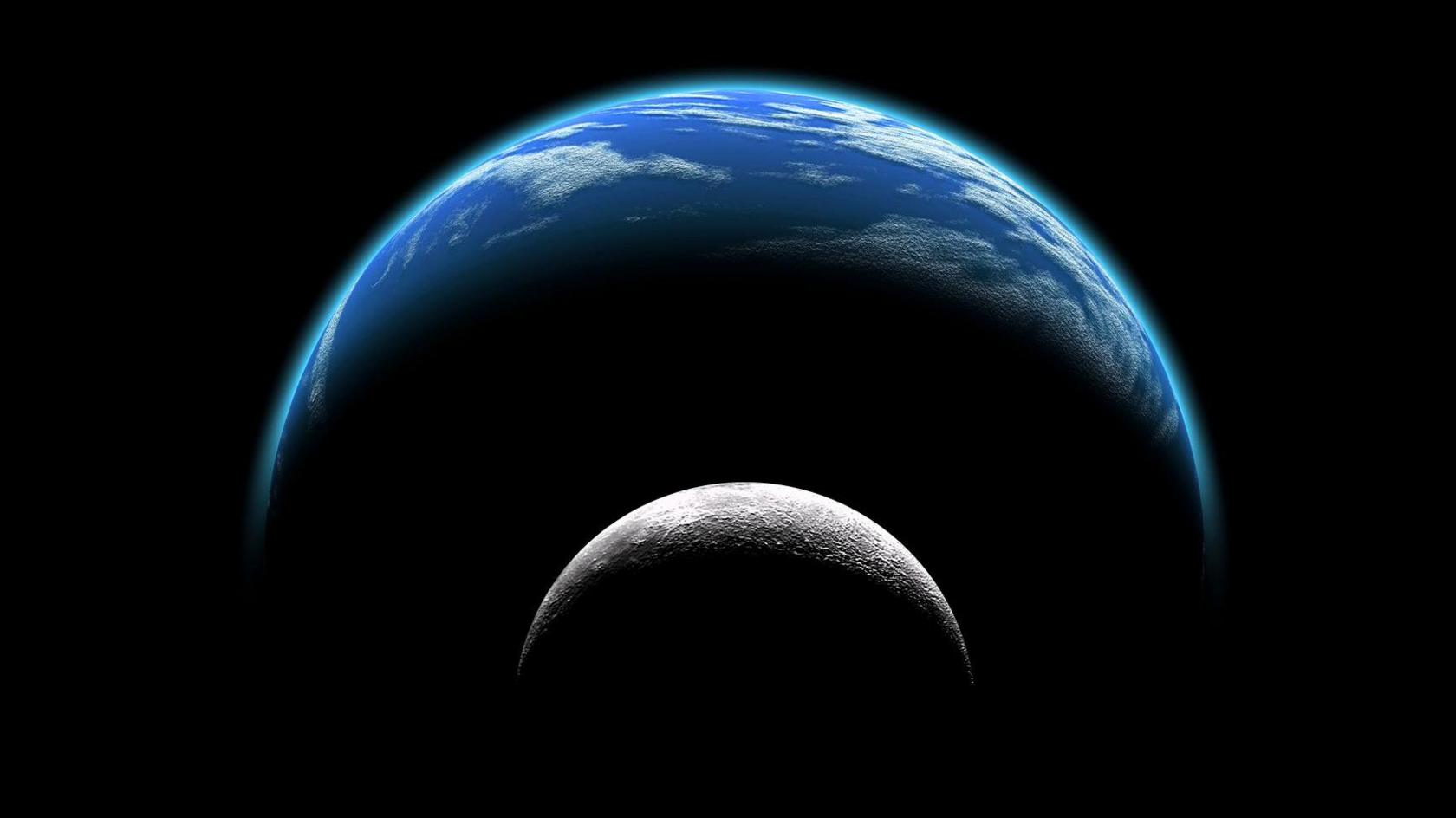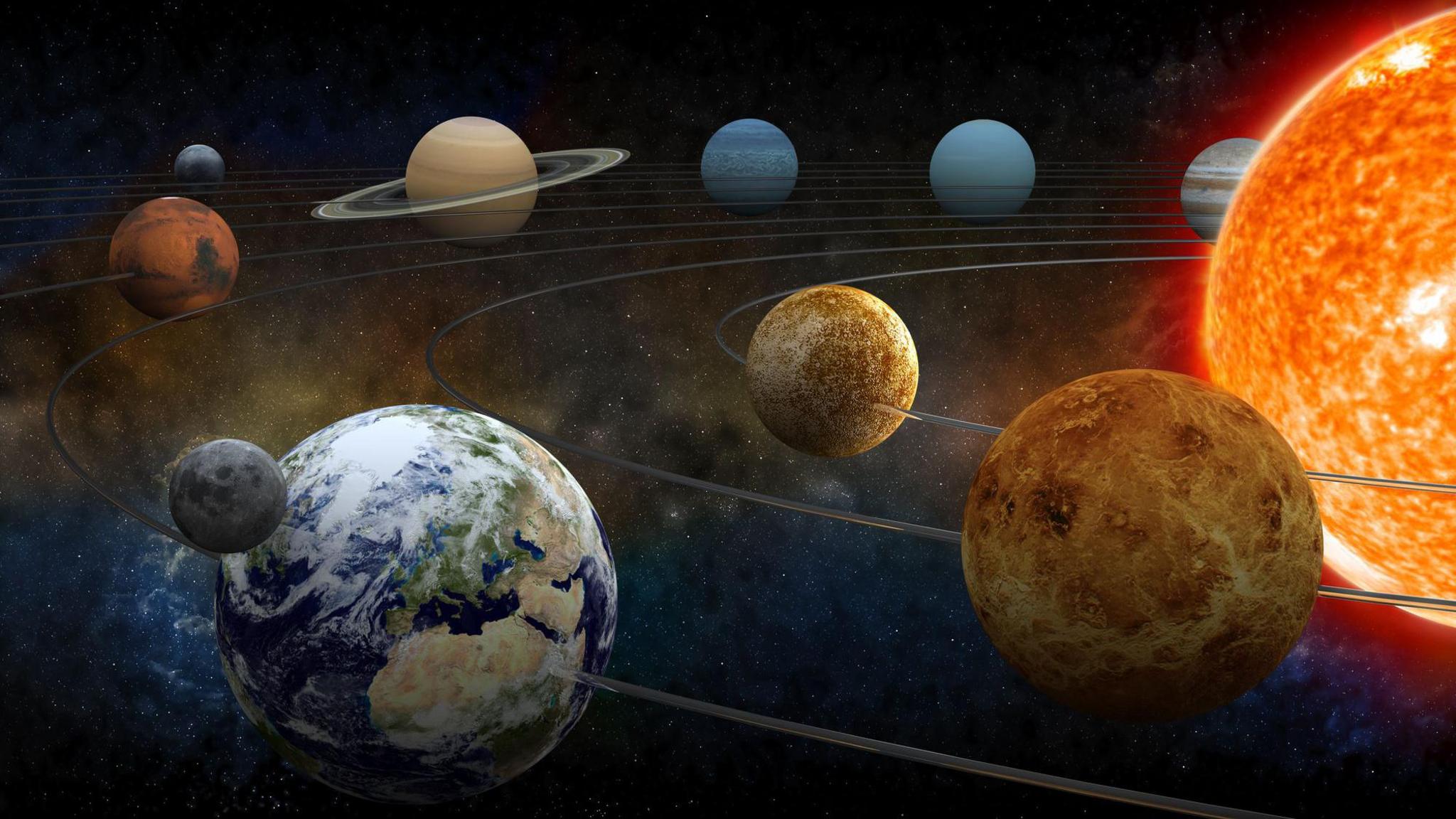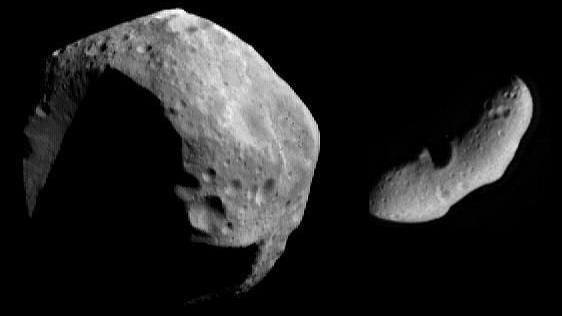Why people are saying Earth has a 'second moon'

Scientists at the University of Hawaii found a quasi-moon in August 2025
- Published
Scientists have discovered a piece of space-rock has been following our planet round for 60 years without anyone really knowing about it.
It's an asteroid, which is a bit of rock that can come from other planets or the surface of the Moon among other things.
But scientists at the University of Hawaii have only recently spotted it, so aren't quite sure where it comes from yet.
Some people are calling it Earth's 'second moon' - but is it really?
More on the Moon
Moon astronauts could live in 'glass domes made of lunar dust'
- Published14 October
Did the Moon turn itself inside out?
- Published9 April 2024
How old is the Moon?
- Published20 December 2024
The short answer is no, not quite.
In order for something to be like our Moon, it would need to orbit Earth.
This means constantly moving in an almost circular path around our planet.
But in fact, this object actually orbits the Sun, just like we do.

All the planets in the Solar System orbit the Sun
However, it does it pretty much travel next to Earth, and takes the same amount of time to get round the Sun: 365 days, or a year.
Professor Albert Zijlstra is a Professor in Astrophysics at the University of Manchester who wasn't involved in the research, and he told BBC Newsround this is why it gives the "illusion" of being an actual Moon.
"Because we orbit the Sun at the sam speed, is is never very far from Earth. From Earth, it looks like it is going around the Earth,", he said.
This is why scientists call it a quasi-moon.
What is a quasi-moon and how is it different to a mini-moon?
It's not the first time our planet has had a little celestial follower - in August 2024, a bit of space rock called 2024 PT5 entered Earth's orbit.
But because it orbited our planet instead of the Sun, it was actually called a mini-moon, whereas 2025 PN7 orbits the Sun, so it's a quasi-moon.
Quasi-moons also tend to stick around for a bit longer than mini-moons.
2024 PT5 only followed the Earth for a few months before it went away to a different part of Space, whereas 2025 PN7 has been around for decades.
Professor Albert told BBC Newsround that mini-moons can even be bits of rocket!
He said that "a mini-moon discovered a few decades ago turned out to be one of old booster rockets from the Apollo moon landings".
How was 2025 PN7 discovered?

Quasi-moons are asteroids, which are pieces of rock floating through Space
This most recent quasi-moon was only spotted by scientists at the University of Hawaii in August this year.
They took photos of it from the Pan-STARRS observatory located on the Haleakala volcano on the island.
They later compared them with older photos and found 2025 PN7 entered our orbit in 1957.
It's quite small though, only 62 feet (or just under 19 metres) - that's just over the length of two London buses.
This means it's hard for astronomers (scientists who study space) to have a proper look at the asteroid and figure out where it came from.
Its size is also why it took scientists so long to spot it.
But they're good news for scientists, as Professor Albert explains: "A quasi-moon can be a chance to get our hands on asteroid samples without having to travel to the asteroid belt.
Because they are not very far away, we could visit them more easily."
What's the difference between an asteroid and a comet?
Find out here
- Published13 February 2023
